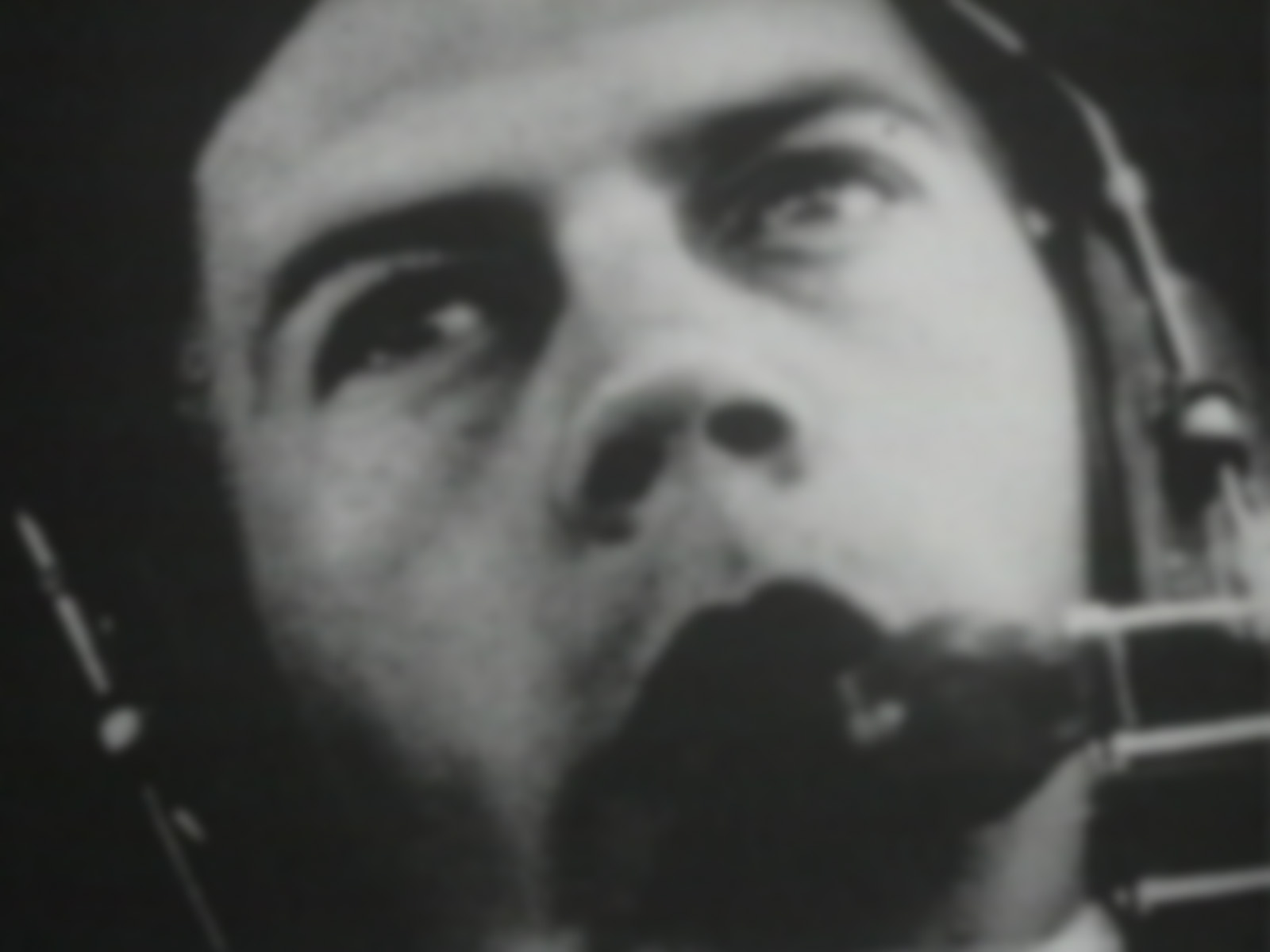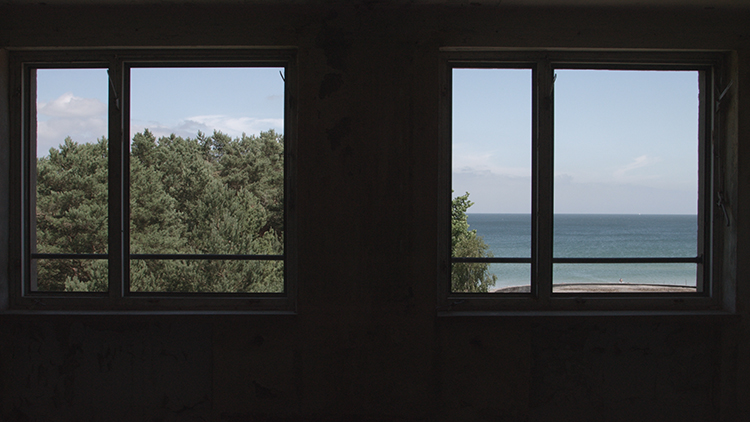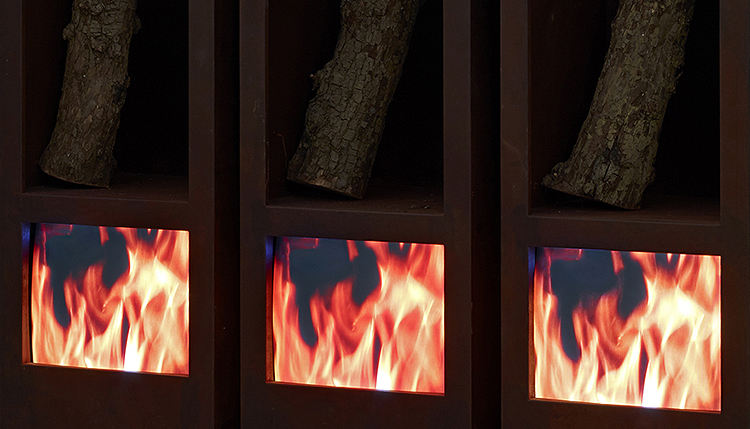
- Artist:
- Wolf Vostell
- Date:
- 1963
- Technique:
- Video: Single-channel, black and white, sound
- Origin:
- Es Baluard Museu d'Art Contemporani de Palma
- Registration number:
- 895
- Edition:
- 11/99
- Duration:
- 5' 30''
- Acquisition year:
- 2017
- Exposed:
- No
This piece, which was ahead of its time, was first exhibited as part of the happening Neun Nein Dé-coll / agen (9 No Dé-coll / age), held in nine places in Wuppertal on 14th November 1963 and organised by the Galerie Parnass. The public moved from one place to another by bus; the sites included a cinema which screened Sun in your Head as the people lay on the floor. The film was a response to Vostell’s principle of dé-coll/age, based on the moving image. Whereas until then this artist had modified TV images as they were broadcast, he was now able to compose the time sequence. In 1963 Vostell instructed the cameraman Edo Jansen to film distorted TV images of the television screen. The film was officially launched in 1964, at the Leidseplein theatre in Amsterdam. It was re-edited and copied on video in 1967. The video shows deformed, manipulated images of John F. Kennedy, a military parade, several news presenters and politicians greeting each other, among others, with titles such as Magazin der Woche and Deutsches Fernsehen inserted between them, indicating the sources from which the sequences were taken. Obviously, the work is in other collections and museums; in 2017, Es Baluard acquired the series Dé-coll/age Video Films 1963-1971, comprised of seven videographic pieces by the German creator.
I.A.
Wolf Vostell was a pioneering creator who explored the multiplicity of media and techniques such as painting, sculpture and installation. The creator of the dé-coll/age technique, a father of the happening in Europe and initiator of the Fluxus movement and video art, he started out in Czechoslovakia during World War II and later settled in Cologne. He began studying art at the Wuppertal School of Art and Design in the early ‘50s, a period when he produced his first happenings and dé-coll/age works. After studying in Paris, his interest in the paintings of Zurbarán led him to Cáceres in 1958, where he met his wife Mercedes Guardado, with whom he lived in Cologne until the 1970s, when they decided to move to Berlin, a city they remained in until the artist’s death. From the beginning Vostell’s work was marked by World War II and the Holocaust, which became recurring themes in his work, along with other key political events of the time he lived in, like the assassination of Kennedy or the fall of the Berlin wall.
I.A.

